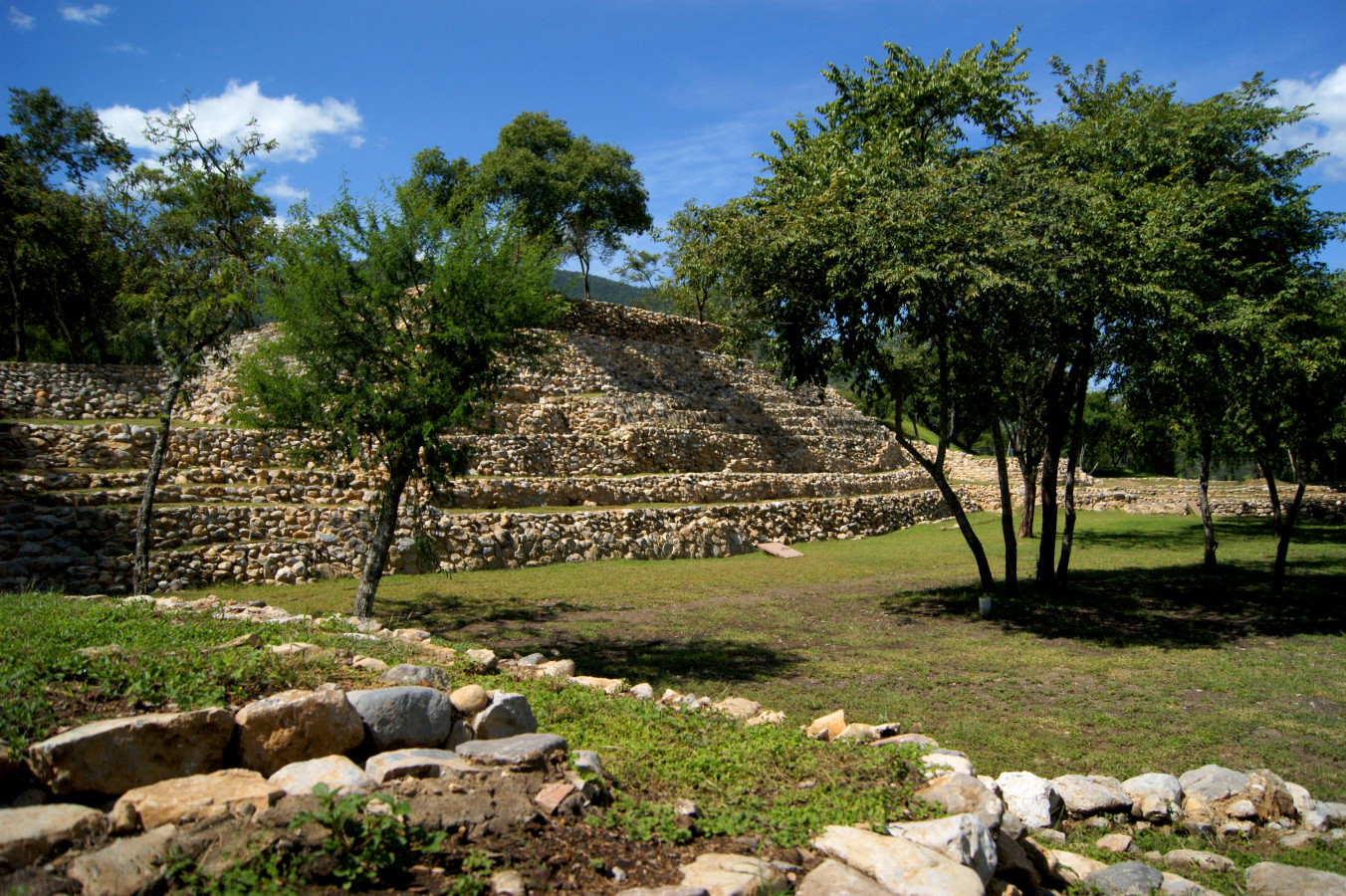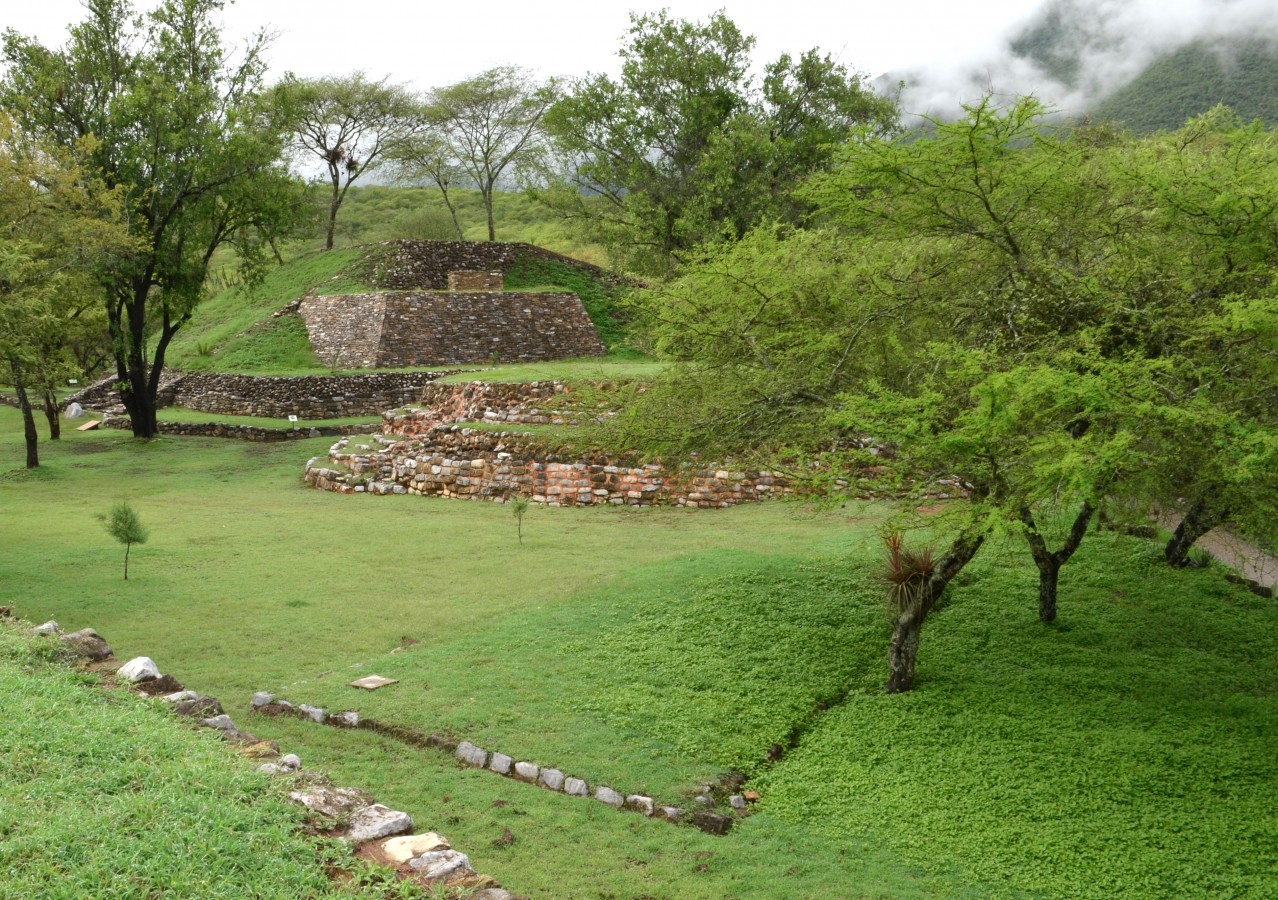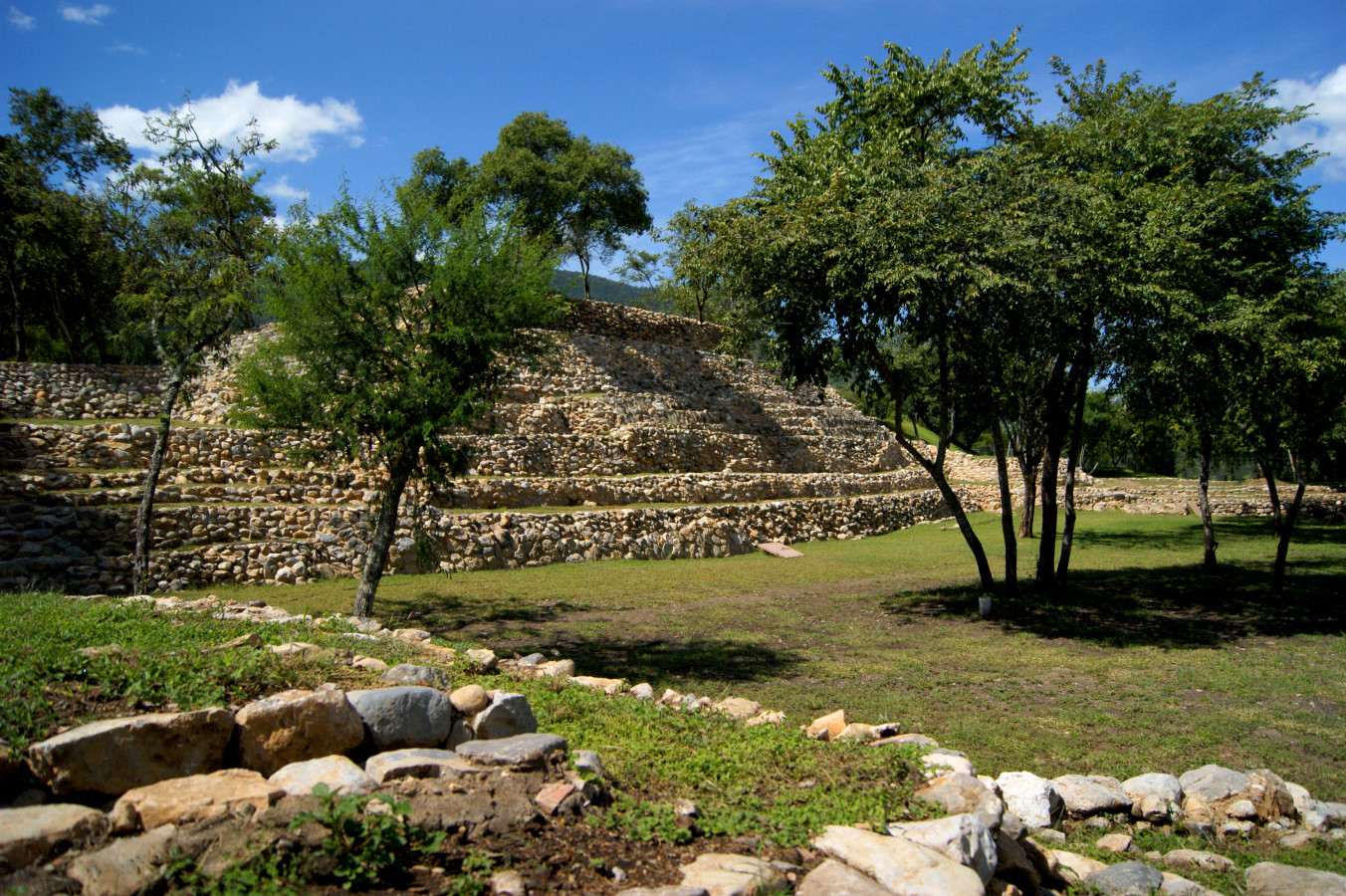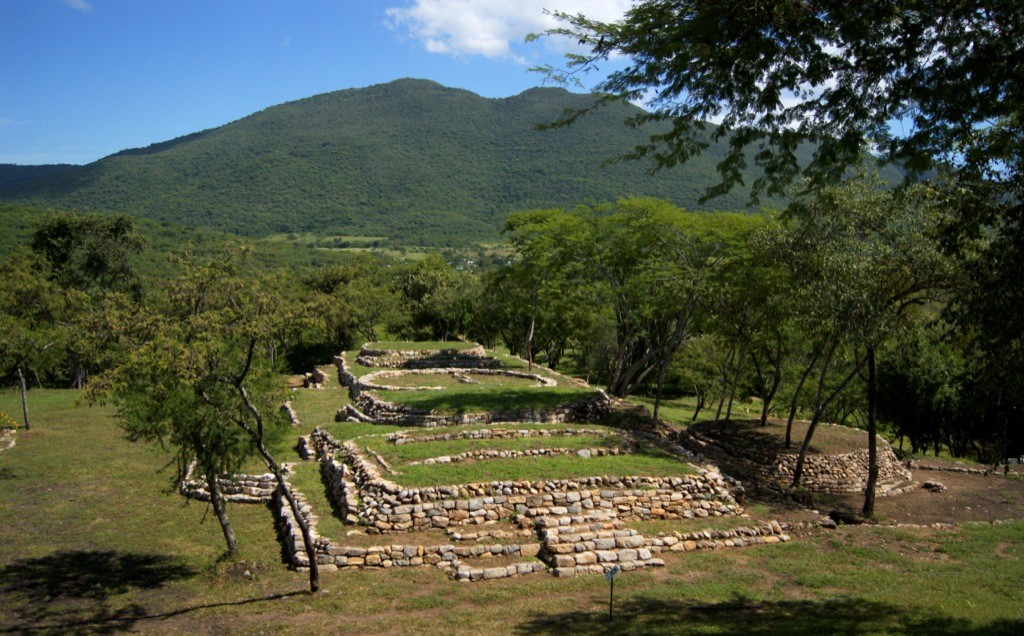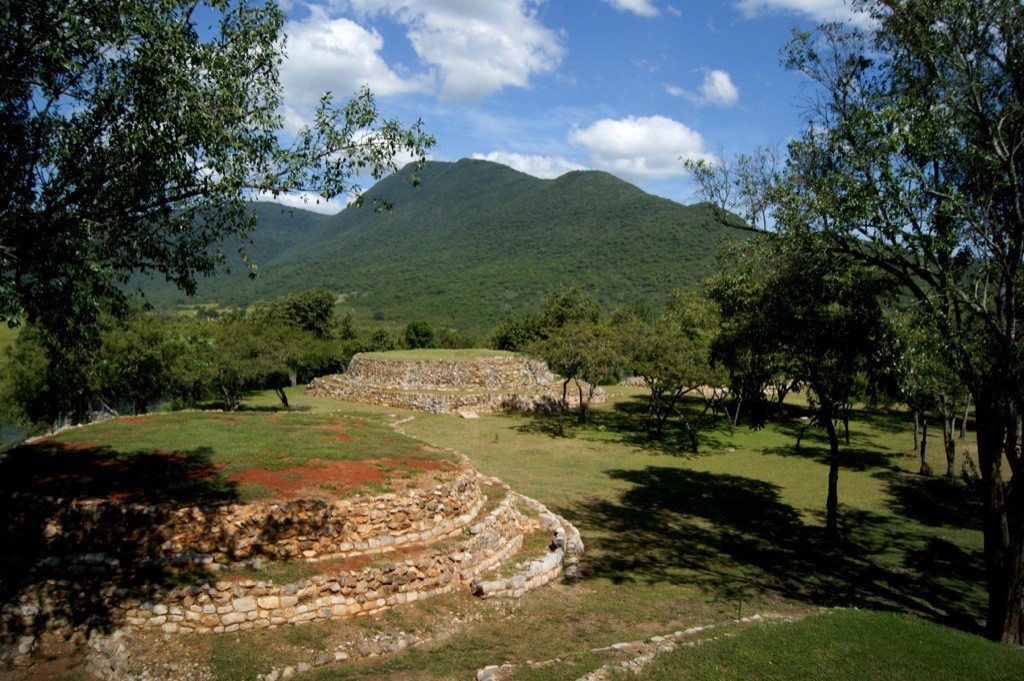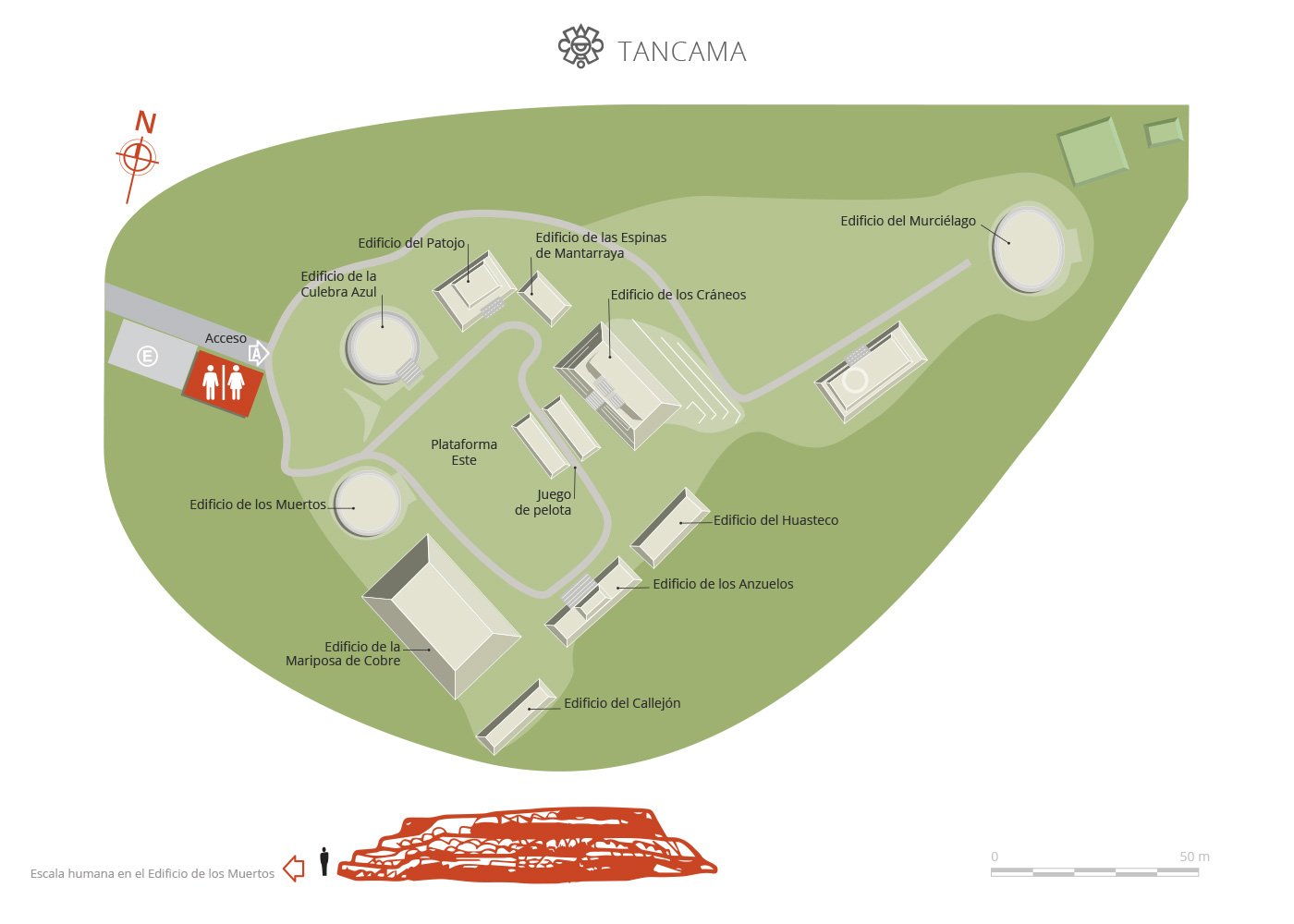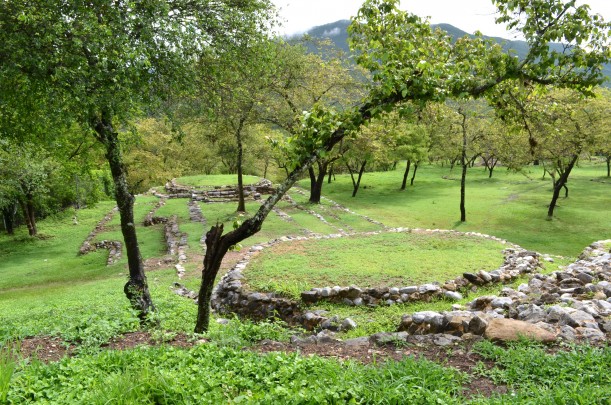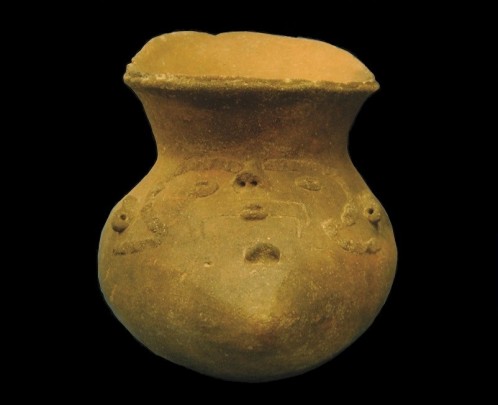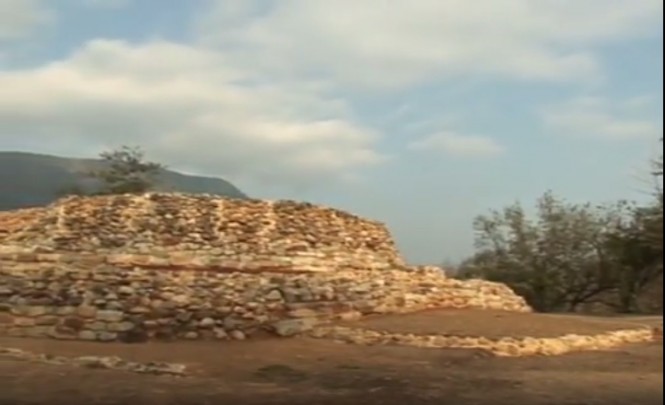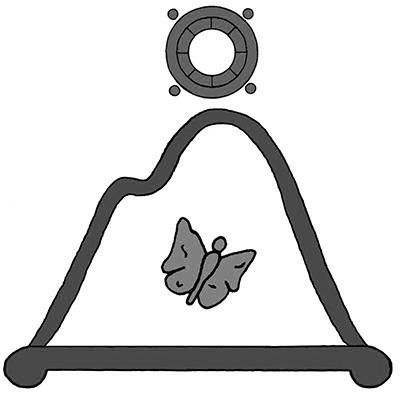Tancama
Hill of fire or Place of flint-stone
In the heart of the Sierra Gorda, it had a long period of occupation (200 BC – 900 AD). It has three large plazas and 56 structures. At the winter solstice the Sun becomes aligned with the Cerro Alto hill. Marvelous views of the surrounding landscape.
About the site
This pre-Hispanic settlement of the Sierra Gorda in Querétaro was probably occupied for the majority of the Classic period. It is situated on the lower slopes of the Cerro Alto, also known as Tancama, in a valley bordered by slow flowing seasonal streams which provide it with water. The natural form of the land needed to be adapted to create terraces and platforms, which prepared the ground for several groups of structures.
The archeological site has three main plazas, known as El Mirador, Santiago and La Promesa, two minor groups and two terraces. These plazas are distinguished by their north-south alignment, and by the fact that they are all at different heights.
To date 56 structures of different forms and sizes have been found. The most outstanding are the circular and semi-circular structures. Also worthy of note is the 60-foot-long ballcourt, one of the smallest in Mexico.
The Sierra Gorda Valleys archeological project began in 1999-2000. The three plazas mentioned have been investigated over a number of seasons, with the help of exploratory trenches and pits. The building system has been identified, as well as various volumes, stairways, entrances and other features, as a starting point for conservation work.
The archeological site opened its doors to the public in November 2011. A site tour includes a look at the El Mirador and Santiago plazas with their various buildings, whose names relate to specific architectural features or the finds which have come from them. For example Building 1 is known as the “Copper Butterfly” after some earrings in the form of a butterfly from a group burial, while Building 7 is known as the “Huastec Man” building because of the burial of a man with ceramics from the region, who had remarkable Huastec features such as dental mutilation and tabular erect cranial deformation.
The archeological site has three main plazas, known as El Mirador, Santiago and La Promesa, two minor groups and two terraces. These plazas are distinguished by their north-south alignment, and by the fact that they are all at different heights.
To date 56 structures of different forms and sizes have been found. The most outstanding are the circular and semi-circular structures. Also worthy of note is the 60-foot-long ballcourt, one of the smallest in Mexico.
The Sierra Gorda Valleys archeological project began in 1999-2000. The three plazas mentioned have been investigated over a number of seasons, with the help of exploratory trenches and pits. The building system has been identified, as well as various volumes, stairways, entrances and other features, as a starting point for conservation work.
The archeological site opened its doors to the public in November 2011. A site tour includes a look at the El Mirador and Santiago plazas with their various buildings, whose names relate to specific architectural features or the finds which have come from them. For example Building 1 is known as the “Copper Butterfly” after some earrings in the form of a butterfly from a group burial, while Building 7 is known as the “Huastec Man” building because of the burial of a man with ceramics from the region, who had remarkable Huastec features such as dental mutilation and tabular erect cranial deformation.
200 - 900
Clásico Temprano a Clásico Tardío
Clásico Tardío
700 - 900
Clásico Tardío
Map
Did you know...
- The overall architecture of the site displays features in common with Las Ranas and Toluquilla such as construction using stone slabs and high banks.
Practical information
Temporarily closed
Monday to Sunday from 09:00 to 16:00 hrs.
Free entry
Se localiza en el municipio de Jalpan de Serra, en la Sierra Gorda de Querétaro, México.
Services
-
+52 (442) 245 5204
-
This email address is being protected from spambots. You need JavaScript enabled to view it.
Directory
Administrador de Zonas Arqueológicas del Centro INAH Querétaro
Armando Bahena Quintana
This email address is being protected from spambots. You need JavaScript enabled to view it.
+52 (442) 212 2036, ext. 308013

